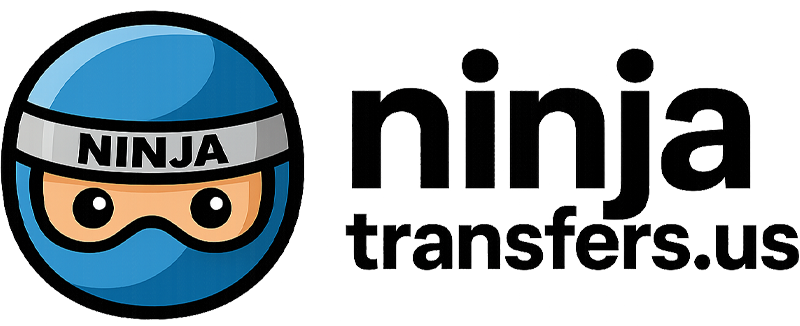Understanding Packaging and Printing Challenges and Pain Points
The High Cost of Traditional Printing Methods
The packaging and printing industry has long been plagued by the high costs associated with traditional printing methods. These methods often require significant upfront investments in plates, screens, and other materials, which can be prohibitively expensive for small to medium-sized businesses. Additionally, the process is time-consuming, requiring multiple steps from design to final product, each adding to the overall cost. The need for large minimum order quantities to justify these costs further exacerbates the issue, making it difficult for businesses to order smaller, more manageable batches. This inefficiency not only impacts the bottom line but also limits the ability to respond quickly to market changes or customer demands.
Moreover, traditional printing methods are often less efficient, leading to higher waste levels. The setup process alone can result in significant material wastage before the actual production begins. This not only adds to the cost but also raises environmental concerns, which are increasingly important to today’s consumers. The inability to easily modify designs or correct errors without incurring additional costs is another drawback, making the process inflexible and costly. In contrast, modern solutions like ninja transfers offer a more cost-effective and flexible alternative, reducing both initial and ongoing expenses.
Finally, the maintenance and operation of traditional printing equipment can be costly, requiring specialized knowledge and regular servicing. This adds another layer of expense and complexity, making it challenging for businesses to maintain profitability. The shift towards more innovative and efficient printing technologies, such as those offered by ninja transfers, represents a significant opportunity to reduce these costs while improving quality and speed. By addressing these pain points, ninja transfers is helping businesses transition to more sustainable and cost-effective printing solutions.
Environmental Impact of Conventional Packaging Solutions
Conventional packaging solutions have come under increasing scrutiny for their environmental impact. The use of non-recyclable materials, excessive packaging, and harmful chemicals in the printing process contributes to pollution and waste. These practices not only harm the environment but also alienate eco-conscious consumers, who are increasingly favoring brands that demonstrate a commitment to sustainability. The carbon footprint of traditional packaging and printing methods is another concern, with the energy-intensive production processes contributing to greenhouse gas emissions.
The waste generated by conventional packaging solutions is staggering, with a significant portion ending up in landfills or the ocean. This not only represents a loss of valuable resources but also poses a threat to wildlife and ecosystems. The printing industry’s reliance on solvents and other hazardous chemicals further exacerbates the problem, contaminating water sources and soil. In response to these challenges, ninja transfers has developed innovative DTF printing solutions that minimize environmental impact while delivering high-quality results.
By adopting more sustainable practices, businesses can not only reduce their environmental footprint but also enhance their brand image and appeal to a broader audience. ninja transfers is at the forefront of this shift, offering eco-friendly materials and processes that meet the highest standards of sustainability. With certifications such as SGS and FSC, ninja transfers ensures that its solutions are not only effective but also environmentally responsible. This commitment to sustainability is a key differentiator in the packaging and printing industry, setting ninja transfers apart from competitors.
Limitations in Customization and Speed
The ability to customize packaging and printing quickly and efficiently is crucial in today’s fast-paced market. However, traditional methods often fall short in this regard, with long lead times and limited flexibility. The setup process for conventional printing can take days or even weeks, delaying time-to-market and reducing the ability to respond to trends or customer feedback. This lack of agility can be a significant disadvantage in competitive industries where speed and customization are key to success.
Furthermore, traditional printing methods often impose restrictions on design complexity and color variations, limiting creativity and branding opportunities. The high costs associated with small batch orders or design changes further discourage businesses from experimenting with different looks or messages. This can result in generic packaging that fails to stand out on the shelf or connect with target audiences. ninja transfers addresses these limitations with its advanced DTF printing technology, enabling unlimited customization and rapid turnaround times.
With ninja transfers, businesses can easily adjust designs, colors, and messages without incurring prohibitive costs or delays. This flexibility allows for more personalized and impactful packaging that resonates with consumers. The speed of DTF printing also means that businesses can bring products to market faster, capitalizing on trends and opportunities as they arise. This combination of customization and speed is transforming the packaging and printing industry, offering businesses a competitive edge.
Moreover, ninja transfers‘s technology supports a wide range of materials and finishes, further enhancing customization options. Whether it’s vibrant colors, intricate designs, or unique textures, businesses can achieve the exact look and feel they desire. This level of detail and personalization was previously unattainable with traditional methods, making ninja transfers‘s solutions a game-changer for brands looking to differentiate themselves. By overcoming the limitations of conventional printing, ninja transfers is empowering businesses to innovate and excel in their markets.

